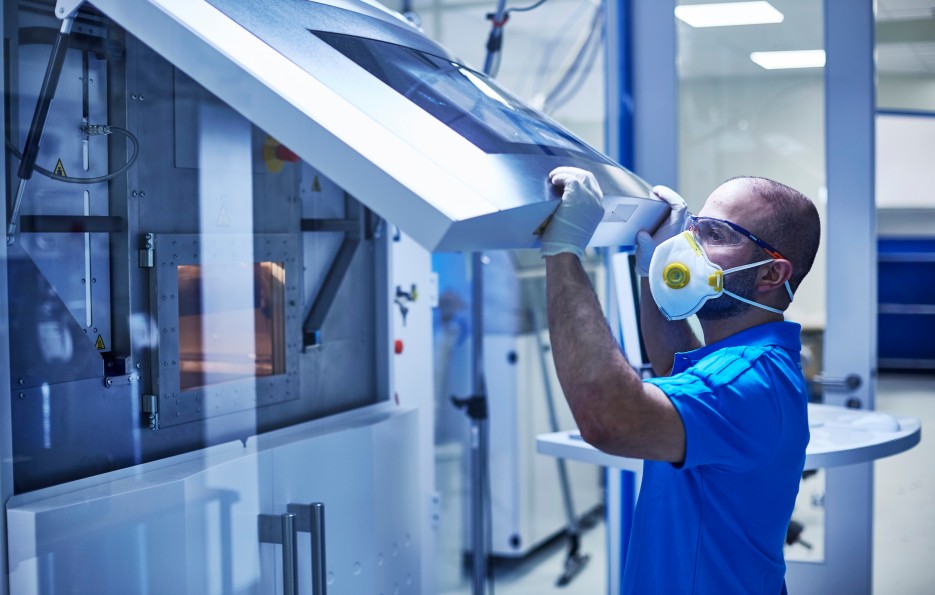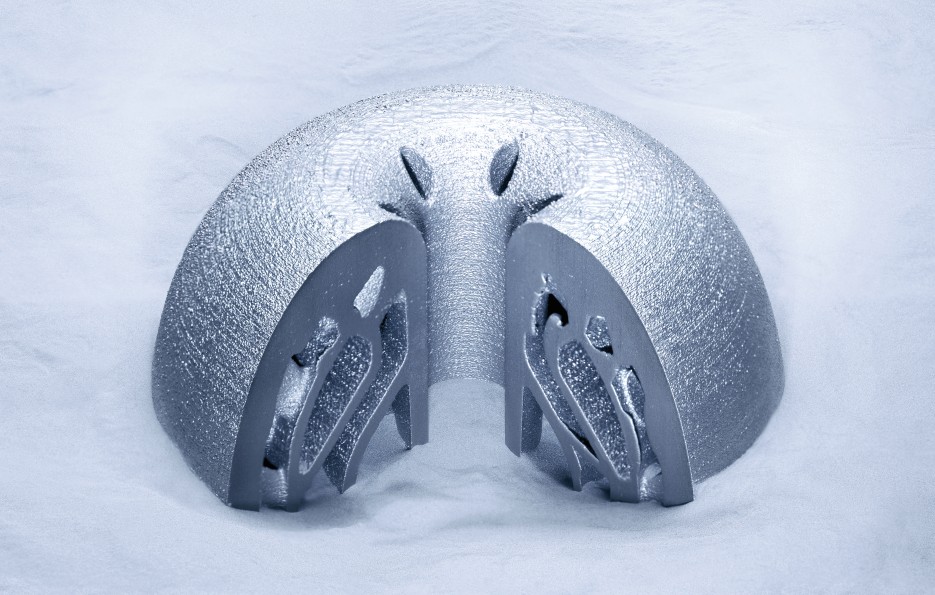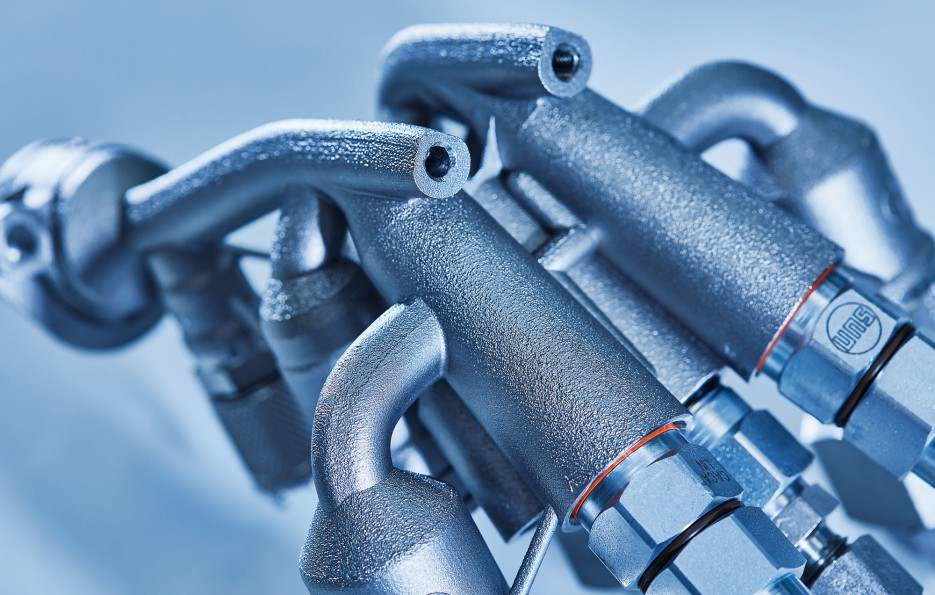thyssenkrupp is a 42 Billion Euro a year revenue steel giant that makes elevators, escalators and many metals components. The firm is taking a real interest in 3D printing now starting an MOU with TÜV SÜD to deliver industrial 3D printing solutions in Singapore. The German steel giant and certification leader will work together on testing, certifying, and inspecting parts for the mobility, industrial and land transport industries in APAC. It is an interesting approach that will see the two firms do the heavy lifting to develop competency in certified parts for industries that could really benefit from 3D printing. It is notable that there is no aviation focus specifically and that this initiative focusses on APAC. By focusing away from the traditional industries where 3D printing is being applied by many other players the firm can perhaps make real headway in being the one-stop partner for 3D printing for other sectors. I think this is a really interesting play and by far one of the most creative market entry paths I’ve seen from a large company. thyssenkrupp have put out a White Paper outlining its outlook for Additive in APAC that goes more into the firms’ prognoses and thinking. We interviewed Abhinav Singhal, the Chief Strategy Officer Asia Pacific at thyssenkrupp to find out more.
What is thyssenkrupp Innovations?
thyssenkrupp Innovations is a new venture of thyssenkrupp AG to incubate and commercialise new Industrie4.0 technology based solutions for our customers in Asia. We want to bring the best of our innovations and engineering expertise closer to our customers in Asia and tailor our offerings according to the local requirements. It also hosts our Additive Manufacturing Tech Center in Singapore which was set-up in partnership with the Singapore Economic Development Board earlier this year. This is an extension of our Global AM Tech Centre in Mulheim and works closely with our experts in Germany to provide the best solution for our customers in the region.

Why are you interested in 3D printing?
thyssenkrupp is a diversified industrial group with 200+ years of engineering expertise in designing and creating components, machinery and end to end plants. We believe 3D printing as technology empowers us to design new components in a more efficient and sustainable manner and also helps us be more responsive to our customers by digitalizing the inventory and printing spare parts on demand. This helps us derive operational performance benefits and ultimately ROI improvements. Right now we see penetration of 3D printing still quite low in the industrial sectors (e.g., mining, chemicals, cement) or even maritime sector and we see a huge opportunity in bringing our process knowhow and deep engineering expertise to identify more and more parts which can be 3D printed and generate economic value.

What are your plans in 3D printing?
We are building up in APAC a team specializing in AM selection diagnostics and DfAM, that will offer services in segments that we are traditionally strong in from an engineering perspective, such as industrial plants and automotive technology as well as marine systems. Combined with thyssenkrupp’s materials expertise and deep process knowhow we can offer to customers differentiated solutions that typical fabricators cannot. Our solutions are process and material agnostic and we want to be the one stop solution provider from AM part diagnostic, material supply, design optimization, process definition, printing, post processing to testing and quality assurance working closely with our partner network.
Why work with TÜV SÜD?
TÜV SÜD is a renowned provider of testing, inspection and certification services. They bring complimentary skills for us on board as ultimately any part that we design or 3D print for commercial applications needs to be tested and certified. Together we offer an end to end solution for our customers and to begin with we will focus on developing industrial additive manufacturing solutions for land transportation and mobility, and industrial plant services in the region. Infact, we are already working together on a project for testing and commercialization of a train component for a leading local train operator. The project seeks to significant improve functionality through redesign for additive manufacturing and also reduce the overall weight of the part.

Will you be selling powders, parts?
We are one stop solution provider for our customers from AM part diagnostic, material supply, design optimization, process definition, printing, post processing to testing and quality assurance working closely with our partner network. We already sell metal AM powders in Europe, and will extend that into APAC as well. We serve both internal and external customers on the design and fabrication of AM components.
Do you use additive extensively already in house?
We have now successfully delivered 200+ in house projects, ranging from models to prototypes and have successfully deployed 3D printed components in extreme operating environments such as furnaces and submarines. We have seen benefits including design optimization, weight
reduction, use of alternate materials and overall supply chain complexity reduction across wise range of our businesses from aerospace, automotive, maritime, cement, infrastructure and other industrial products.
What technologies are you interested in?
We have an emphasis on metal fabrication, and are agnostic to the specific process. Given the proliferation of new systems, it is an exciting time for the industry as the cost of technology is approaching a point where widespread adoption is potentially possible.

What do you think the market outlook for additive is?
We recently published a comprehensive perspective on the AM market in ASEAN – “Additive Manufacturing: Adding Up Growth Opportunity for ASEAN” (here). To summarise we are very positive on our outlook for AM overall. The technology has come a long way since its introduction in the 1980’s, growing at over 25% per annum over the last 30 years and yet it only represents less than 0.1% of $12.7 trillion manufacturing output globally. The technology is rapidly improving by the day and as with any innovation, the economics only gets better with increased adoption and usage. In our experience, the biggest roadblock for AM’s adoption is not the technology itself but its know-how. Most companies still lack an awareness of the application potential of AM, a structured approach to identify attractive AM projects, and ability to develop a business case based on thorough understanding of the underlying cost drivers which is where we come in.
Why the focus on land transport, mobility, and industrial plants?
More than 60% of AM adoption globally has been in four sectors — aerospace, industrial machines & tooling, medical/dental implants, and automotive. We believe other sectors such as maritime, land transport, mobility and industrial plants are equally attractive for AM as well but lack today players with deep engineering expertise and knowhow to identify and fabricate the right parts for these industries. For example, the mobility and natural resources industries (mining, cement, chemicals, oil and gas) are characterized by geographic fragmentation and remote locations, posing challenges around logistics and inventory management of parts. These problems can be partly addressed by 3D printing and building a digital spare parts warehouse optimizing the overall inventory and cost of logistics.
What advice would you give to a company that wants to get started with 3D printing?
Before starting any AM initiative, it is important to define the value proposition from using the technology and its alignment with the overall strategic intent of the company. Ultimately, any AM initiative needs to address a current business need and make commercial sense. For e.g., some companies successfully use AM for R&D and new product development while others use it for operational efficiency and overall supply chain cost reduction. So think through the business rationale for adopting AM and then work with partners to accelerate its adoption and de-risking your exposure in the initial set-up phase.
What advice would you give a firm that wants to manufacture using 3D printing?
AM is truly disruptive as it offers the ability to manufacture with batch size of 1 unit compared to a conventional process. Having said that, in our experience today not more than 10% of existing components can be 3D printed in a commercially viable manner for a typical manufacturing company. So it’s important to invest time upfront in identifying these parts, building up the business case and also quantifying the additional upside that AM offers over traditional process (e.g., quantifying the impact of weight reduction or reduction in sub-assemblies leading to lower in-process inspection cost, or lower inventory and logistics costs or longer product life) but also additional risks (e.g., build failure, IP loss) to make an informed assessment.
Given your size is 3D printing a niche business for you?
As with any new innovation we start with a relatively small base today compared to our global size and scale. But we have seen tremendous adoption and applications over the last few years across all our businesses. We believe AM is a truly disruptive technology and will fundamentally change the way we design and fabricate components and machines in future.
The post thyssenkrupp to be One Stop Solution Provider for Metal 3D Printing? appeared first on 3DPrint.com | The Voice of 3D Printing / Additive Manufacturing.

37 Replies to “thyssenkrupp to be One Stop Solution Provider for Metal 3D Printing?”
Comments are closed.